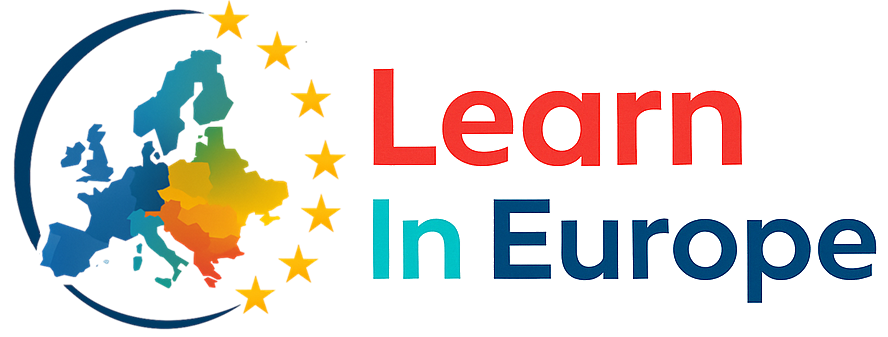In computer science research, we're not just writing code—we’re building knowledge. That’s why every well-structured research project relies on more than just experiments or data: it’s grounded in hypotheses, models, and theories.
At Learn in Europe, we believe that understanding these foundational elements of science makes the difference between technical tinkering and meaningful discovery. But what exactly do we mean by hypotheses, models, and theories—and how do they shape the way we research in the field of computer science?
Let’s take a closer look.
🧩 Hypotheses – Smart Guesses That Can Be Tested
A hypothesis is a clear, testable statement about a potential relationship between variables. It is not a random guess, but an informed assumption based on prior knowledge or observation.
🔍 Example in CS:
"Increasing the batch size in a neural network will reduce the training time without affecting accuracy."
You can test this hypothesis through experiments—by adjusting the batch size and measuring time and accuracy. If the results align with your expectation, the hypothesis is supported (but never fully proven).
💡 Why it matters:
Hypotheses make your research focused and falsifiable.
They prevent you from “cherry-picking” results.
They guide experimental design in areas like AI, HCI, or software performance.
🧠 Models – Abstract Representations of Reality
A model is a simplified, structured way to describe a system, process, or concept. In computer science, models can be formal (e.g., automata, graphs, decision trees) or conceptual (e.g., layered system architectures).
🧱 Example in CS:
The OSI Model is a conceptual framework that divides network communication into 7 layers—from physical to application.
Models help us reason about systems, simulate behavior, and make predictions.
💡 Why it matters:
Models allow for abstraction—a core principle in CS.
They’re essential for formal verification, design, and simulation.
Good models bridge the gap between theory and practice.
📚 Theories – Coherent Systems of Verified Knowledge
A theory is a broad explanation of phenomena, supported by a body of evidence. Unlike a hypothesis, a theory has survived repeated testing and review.
🔬 Example in CS:
The Theory of Computation explains what can be computed and how efficiently—through concepts like Turing Machines and complexity classes.
Theories in computer science are often mathematical in nature but have deep implications for real-world applications, from encryption to AI.
💡 Why it matters:
Theories provide foundations for entire subfields (e.g., algorithms, machine learning).
They shape how we understand what is possible or impossible to compute.
They give research credibility and direction.
🔄 How They Work Together
| Element | Purpose | Key Question |
|---|---|---|
| Hypothesis | Suggests a testable assumption | What might be true? |
| Model | Represents a system or idea | How can we describe or simulate it? |
| Theory | Explains a range of phenomena | Why is this generally true? |
A solid research project often starts with a theory, formulates hypotheses, and uses models to explore or test them. This structure helps computer science move from individual projects to cumulative, transferable knowledge.
🚀 Final Thought
Understanding and clearly distinguishing hypotheses, models, and theories isn’t just for philosophers of science—it’s a core competence for any researcher in computer science. Whether you're building an app, optimizing an algorithm, or testing a user interface, your thinking becomes sharper when you know what you're testing, how you're representing it, and what broader principles you're connecting to.
At Learn in Europe, we teach young researchers not just to do science, but to think like scientists. And that starts by mastering the tools of thought that shape rigorous inquiry.
👉 Interested in joining one of our doctoral training programs? Contact us to learn more.

